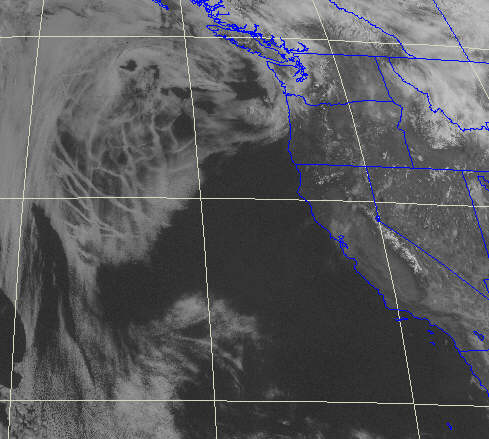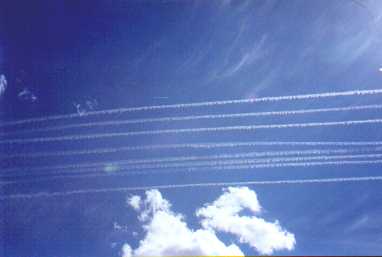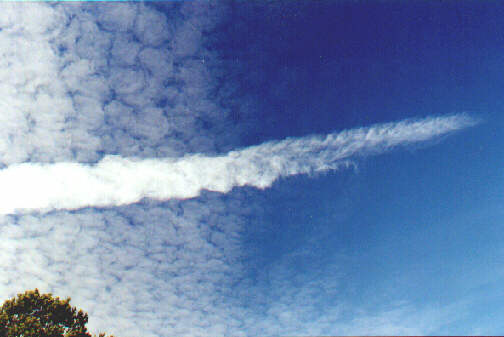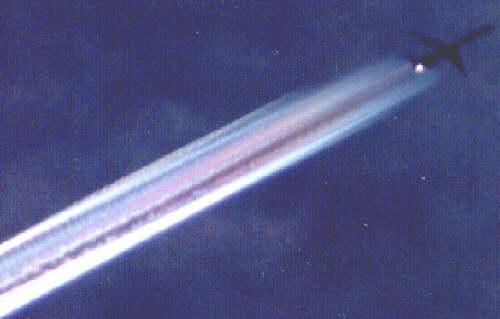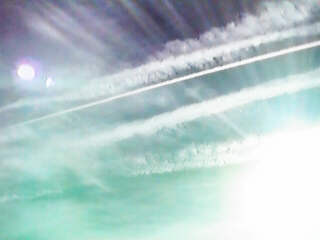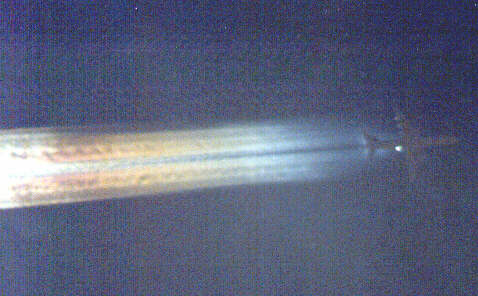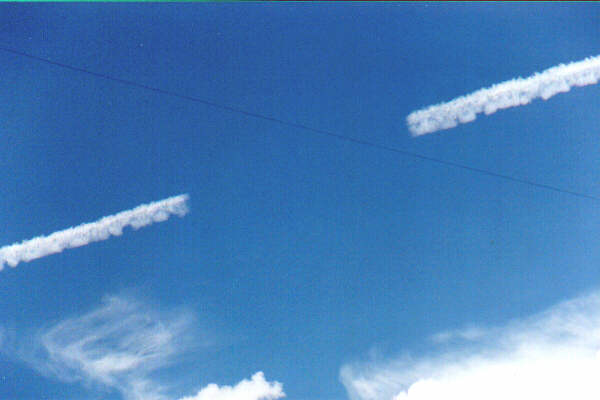
AN AIRLINE MANAGER’S STATEMENT
After reading the account of the airline mechanic in the previous Carnicom paper titled “A MECHANIC’S STATEMENT (dated May 19, 2000), an anonymous upper level manager from an unnamed airline was compelled to write to Clifford Carnicom. He stated that the mechanic’s story was true, and that he had information regarding this airline’s participating in Operation Cloverleaf, which is known to be a military aerosol operation. He and other workers were briefed on this operation, background checks were performed on everyone involved, and they were forced to sign a non-disclosure agreement stating that if they said anything about the program they could be imprisoned. They were informed that the government was going to pay the airline to release special chemicals from the commercial aircraft. When asked what the chemicals were, they were told this was on a need to know basis only. They were also told that there weren’t enough military aircraft to spray these chemicals, which was why the commercial airlines were paid to release these chemicals. This was the main reason Project Cloverleaf was put into existence. The manager expressed grief for being involved in something that he felt was poisonous, and apologized for needing to maintain anonymous.

